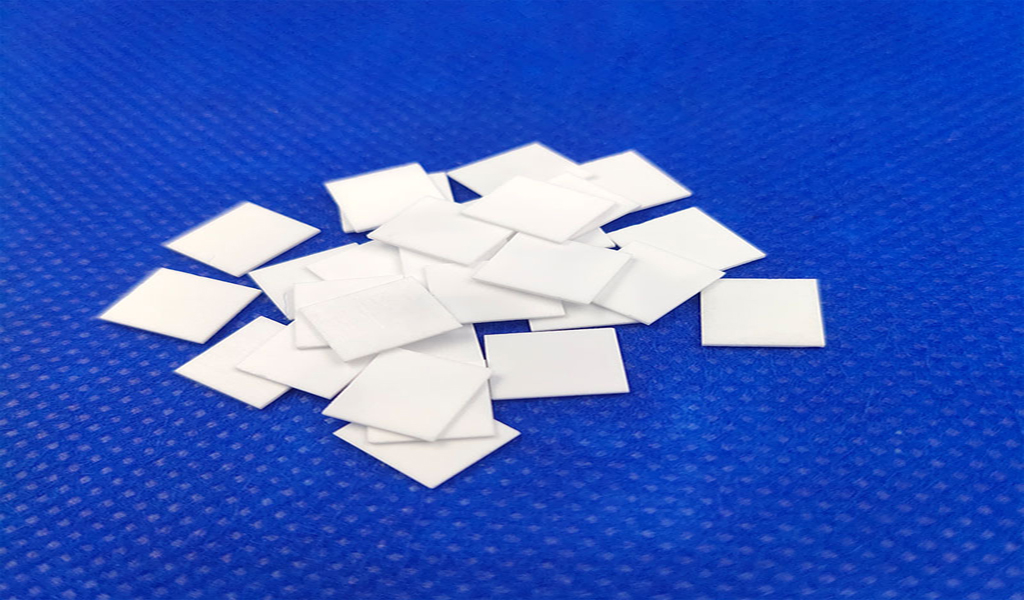Ceramic blades have different names according to different shapes, such as round ones, also known as round ceramic blades. Usually zirconia ceramics or alumina ceramics, the following is a round ceramic blade introduced by Pintejin Ceramics Factory. Circular ceramic blades, also known as ceramic cutters, are widely used in industry, so what are their advantages? First, hard milling with round ceramic inserts can help mold shops reduce production costs in a number of ways. First, you can replace multiple processes with one process. When using round ceramic inserts for hard milling, the steel can be quenched first, and then the workpiece can be milled in the hardened state, thereby replacing the three processes of machining, quenching, and remachining. By reducing the time it takes to set up and handle workpieces between different machining stages, cycle times can be shortened and work paths improved. In addition, rough milling of hardened workpieces with round ceramic inserts avoids expensive and time-consuming EDM (Electrical Discharge Machine) machining, which eliminates the need to make one or more electrodes.

Round ceramic inserts Second, round ceramic inserts are capable of machining hardened steel at much higher speeds than conventional carbide tools. The combination of high machining speeds, appropriate feed rates, and the right operating takt time allows the shop to achieve impressive metal removal rates. Third, the machined surface obtained after rough milling with a round ceramic insert can often reduce the amount of fine-milling plus T, thus reducing the time required for finishing and polishing. A good surface finish is usually obtained when milling hardened steel at relatively small feed rates with carbide inserts, but many times rough milling with round ceramic inserts produces a surface finish that is even better than the required finish. In some cases, additional finishing, grinding and polishing operations can be dispensed with, saving considerable man-hours.
[wp_reusable_render id=2239]
